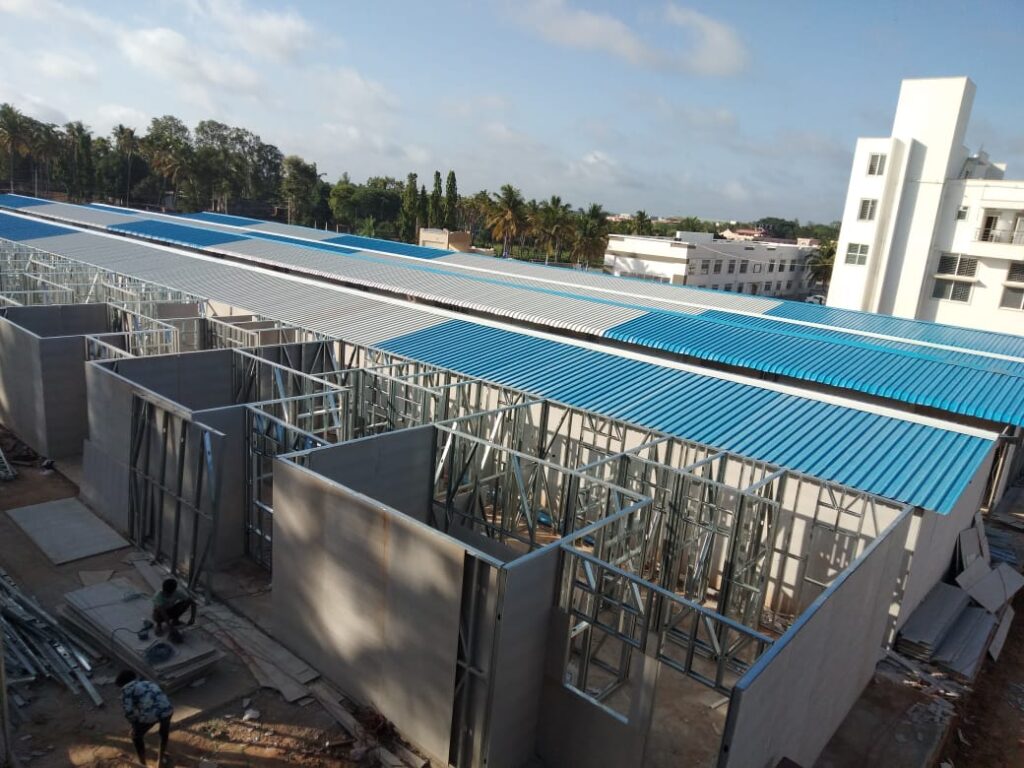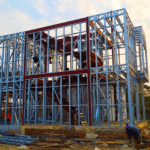Challenges and Solutions in Light Gauge Steel Framing Construction

Light gauge steel framing construction offers numerous advantages, but like any construction method, it also comes with its own set of challenges. Here are some common challenges faced in light gauge steel framing construction, along with potential solutions:
Challenges:
- Material Handling and Storage:
- Light gauge steel framing materials can be delicate and susceptible to damage if mishandled or improperly stored.
- Corrosion and Rust:
- Steel is susceptible to corrosion when exposed to moisture, which can compromise the structural integrity over time.
- Thermal Bridging:
- Steel has a high thermal conductivity, leading to potential thermal bridging if not properly insulated.
- Sound Transmission:
- Steel framing can transmit sound more effectively than other materials, potentially leading to noise issues.
- Design Complexity:
- Achieving certain architectural designs with light gauge steel framing may require specialized engineering and design considerations.
Solutions:
- Material Handling and Storage:
- Solution: Train construction crews on proper handling techniques to minimize damage. Store materials in a dry, covered area to protect them from moisture and environmental factors.
- Corrosion and Rust:
- Solution: Use galvanized or coated steel framing materials that offer enhanced corrosion resistance. Implement proper waterproofing and moisture management strategies during construction.
- Thermal Bridging:
- Solution: Incorporate continuous insulation solutions, such as rigid foam boards or spray foam insulation, to reduce thermal bridging and improve energy efficiency.
- Sound Transmission:
- Solution: Use sound-deadening materials and techniques, such as resilient channels or acoustic insulation, to minimize sound transmission through steel framing.
- Design Complexity:
- Solution: Collaborate with experienced engineers and architects who specialize in light gauge steel framing to develop innovative solutions for complex architectural designs. Utilize advanced design software and technology to optimize structural performance and aesthetics.
Additional Considerations:
- Quality Control: Implement rigorous quality control measures to ensure that all components meet industry standards and specifications.
- Skilled Labor: Ensure that construction crews are adequately trained and skilled in light gauge steel framing techniques to ensure quality and efficiency.
- Building Codes and Regulations: Stay updated with local building codes and regulations related to light gauge steel framing construction to ensure compliance and avoid potential issues during inspections.
By addressing these challenges proactively and implementing the suggested solutions, the construction industry can harness the full potential of light gauge steel framing while mitigating potential drawbacks.






















